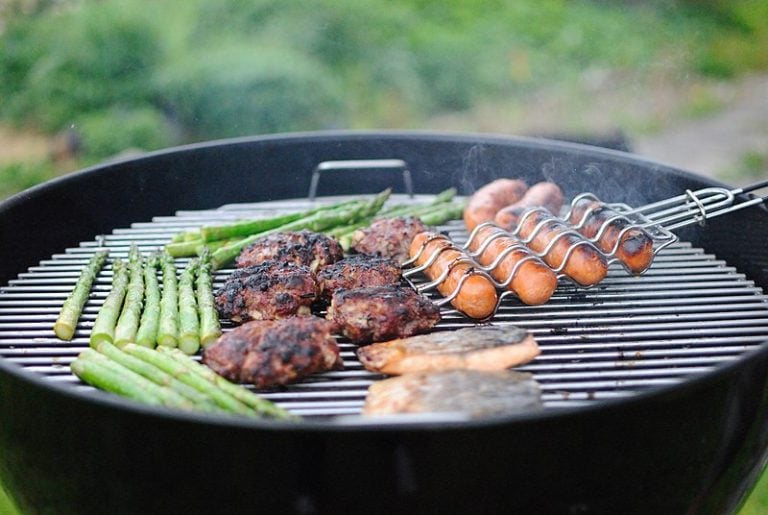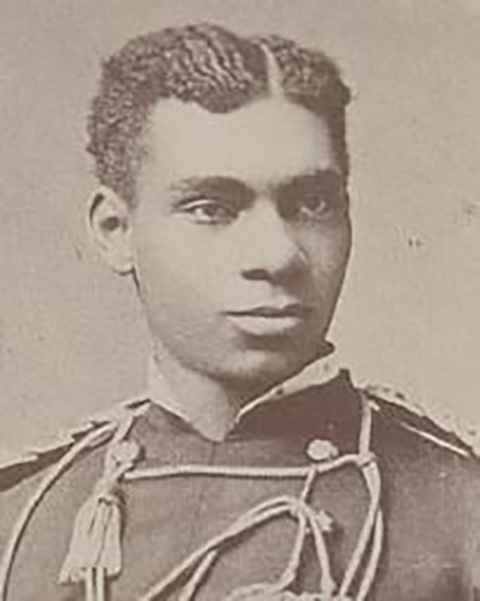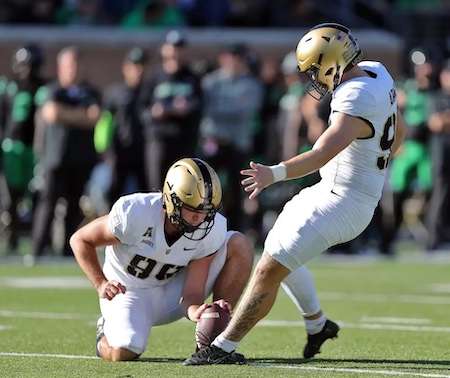Editor’s note: This article is part of an ongoing series on backyard birds.
In the scramble for seed at the feeder you may have seen this sparrow with distinctive plumage — the white-crowned sparrow (Zonotrichia leucophrys).

A member of family Passerellidae, this sparrow is only in Kentucky during the winter months.
Adults have black and white stripes on their heads, a gray face, a brown and gray-streaked back, and a long tail. The wings are brown with bars and the underparts are gray. Their bills are yellow.
Their first winter they have chestnut and gray stripes on their heads.
White-crowned sparrows are 5.9 to 6.3 inches long, weigh about one ounce, and have a wingspan of 8.3 to 9.4 inches.
Their calls are a short series of clear whistles followed by trills and buzzy notes.
Range and Distribution

Populations are highest in the western states, breeding as far north as Alaska and the northernmost western Canadian provinces, wintering from Washington state and Oregon, south to baja California and Mexico. Some populations on the Pacific coast are year-round residents.
Populations east of the Mississippi River breed on the brushy tundra and in brushy clearings in coniferous forests of northern Canada, wintering along the Gulf Coast from Louisiana to the Panhandle of Florida, and up the Atlantic Coast to Virginia.
Habitat and Diet
Preferred habitat includes forest edges, thickets, and gardens and parks in towns where there are woodlands.
They mainly eat seeds, parts of plants, and insects, foraging on the ground or in low vegetation, but sometimes make short flights to catch flying insects.
Nesting

Females winter farther south than males. Males arrive on breeding grounds before females, and defend their territories by singing. Typically, they nest on the ground at the base of a shrub or grass clump in a shallow depression in the ground. The nest is built by the female and is cup made of grass, twigs, weeds, rootlets, strips of bark, lined with fine grass, feathers, and/or animal hair.
The female lays about 4 to 5 pale greenish eggs, heavily spotted with reddish brown. Incubation is by the female only, and lasts 11 to 14 days.
Both parents feed the nestlings. The young leave the nest about 7 to 12 days after hatching, with those birds in the far north leaving earlier than those nesting farther south. The male cares for the fledglings while the female begins a second nesting attempt.
While many species of sparrows in Kentucky have similar-colored plumage, the white-crowned sparrow stands out because of its black-and-white striped head.


















